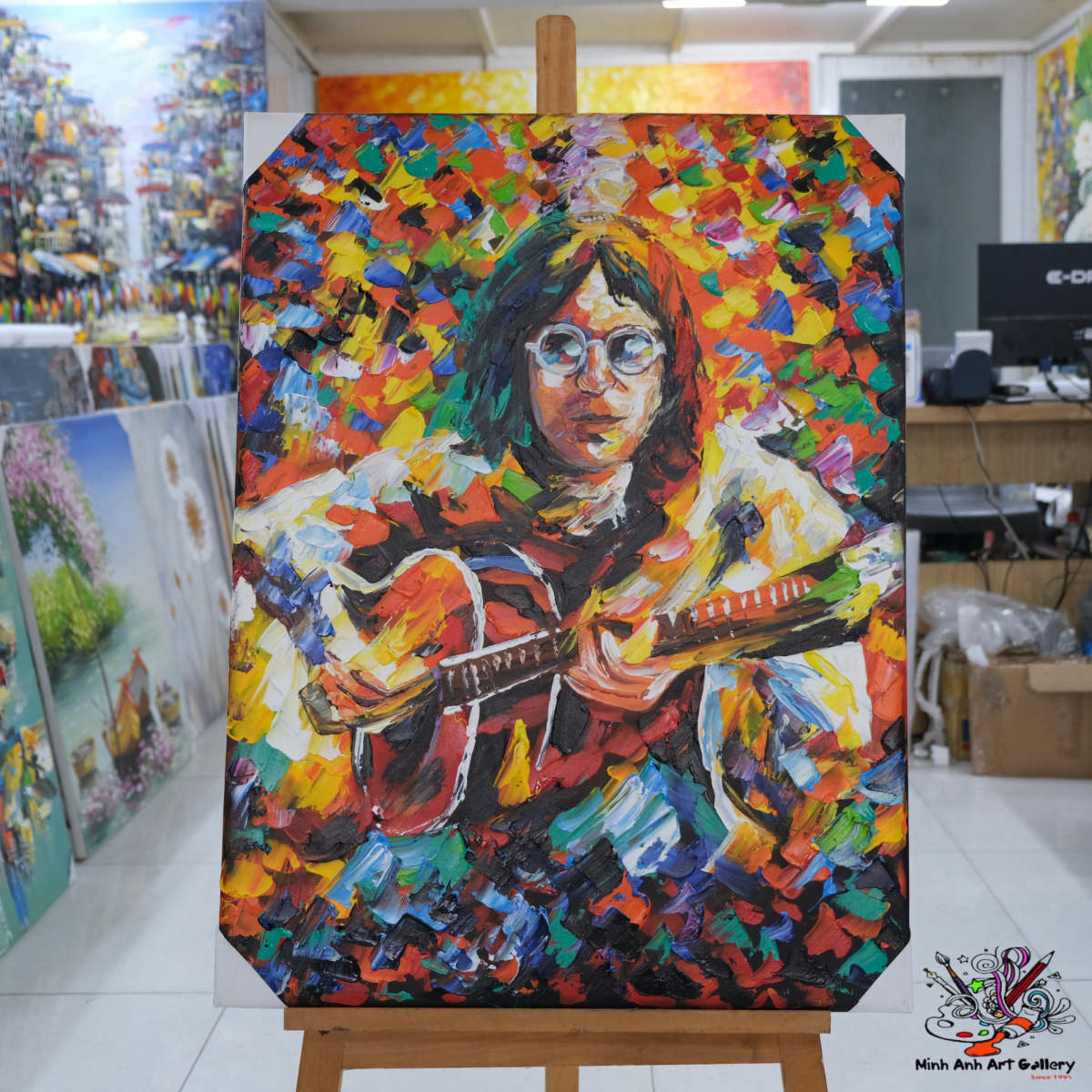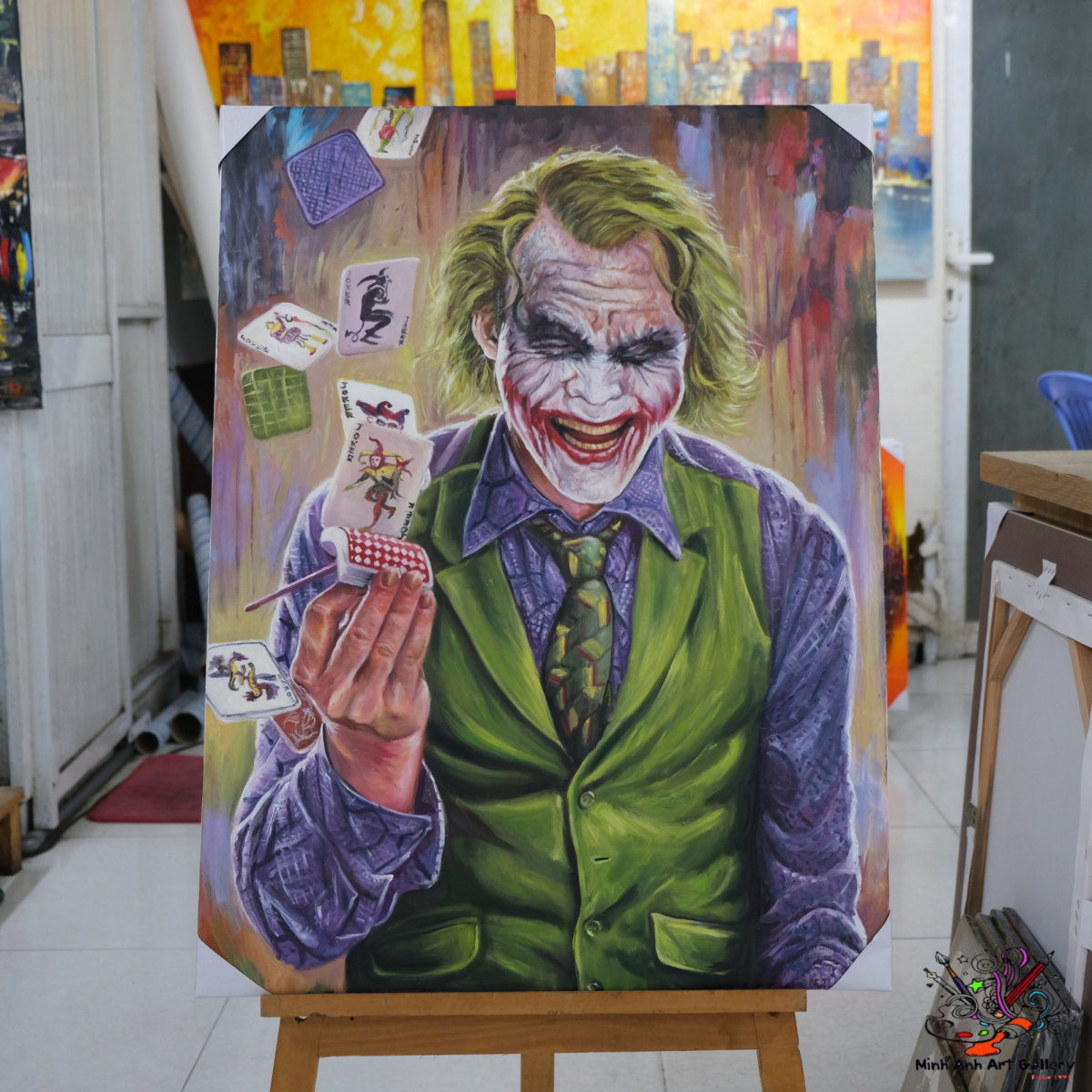When people hear “contemporary art,” they often think it’s just about time — art made now. But that’s only half the story. A contemporary art gallery isn’t just defined by what’s hanging on the walls, but how it connects with today’s world — politically, socially, and culturally. It’s not a calendar; it’s a conversation.

What makes a gallery contemporary is a mindset. It’s the lens through which curators, artists, and visitors look at the world. Think of it like switching from analog to digital — the content might be similar, but the delivery, interaction, and impact are transformed.
Contemporary galleries are disruptors. They challenge the norms of traditional art collection galleries, often breaking boundaries in layout, presentation, and even medium.
The magic happens where history and modernity collide. These galleries may still house a nod to tradition but remix it in a way that feels fresh. They honor the past but refuse to be trapped by it.
The curators are visionaries — not just choosing what’s displayed but shaping narratives. Every wall is a page in a story that reflects our time.
Visitors don’t just look. They listen, touch, feel, sometimes even walk through or into the artwork. It’s not unusual for a contemporary gallery to feel more like a tech expo than a museum.
Today’s galleries serve as mirrors to society, reflecting everything from climate anxiety to gender identity. That’s what makes them relevant.

In a contemporary setting, artists and curators often co-create. It’s not about control — it’s about synergy, letting the message evolve through discussion and experimentation.
From NFTs to bio-art, today’s creatives aren’t just thinking outside the box — they’ve tossed the box out altogether.
Unlike a static display of classic works, these galleries rotate, refresh, and reinvent. A curated art collection here is like a living organism, constantly growing and morphing.
Contemporary galleries aim to include diverse voices — across cultures, genders, backgrounds. They reflect a truly global conversation.
The digital realm is no longer optional. With the surge of online exhibitions, anyone can explore an art collection online from the comfort of their couch.
Instagram, TikTok, and even YouTube shorts now function as digital frames — teasing exhibits, interviewing artists, or even hosting virtual walkthroughs.
While screens offer access, nothing compares to standing before a painting and feeling its energy pulse through the room.
Modern art gallery exhibitions are sensorial experiences — music, scent, texture — everything is designed to pull you in deeper.
Curated stories help visitors connect the dots. It’s not just “art on a wall” — it’s a journey, a thread woven from piece to piece.
In many contemporary art gallery spaces, the viewer isn’t passive. You may leave your own mark, or become part of the exhibit.
From the Tate Modern in London to MoMA in New York, famous art collections redefine the boundaries of “museum.”
Names like Ai Weiwei, Yayoi Kusama, and Banksy challenge our notions of politics, space, and even legality in art.
With more collectors opening their doors, private art galleries are curating deeply personal, bold perspectives.
But it’s not just for the elite — many are bridging the gap, offering public tours, workshops, or partnering with public programs.
Galleries are diving into immersive tech. Imagine a curated art collection where the paintings talk to you — literally.
From green lighting to upcycled materials, even gallery spaces themselves are becoming part of the message.
Seek out unique curations, unexpected collaborations, or rotating installations that keep things fresh.
Ask questions, take your time, and don’t just take photos — absorb, reflect, and connect.
Start with prints, emerging artists, or thematic interests. Your modern art collection is a reflection of you, not your wallet.
Buy what moves you, not what’s trending. That’s how a famous art collection starts — with meaning, not marketing.
Just because it’s new doesn’t mean it won’t last. Many works in a fine art collection today were once dismissed as “too modern.”
Styles evolve, but emotions don’t. A truly timeless piece speaks across eras — that’s the sweet spot contemporary galleries aim for.

So, what makes a gallery truly “contemporary”? It’s not just the date on the art — it’s the daring, the dialogue, and the disruption. These galleries are playgrounds for imagination, spaces of challenge, and mirrors of society. Whether you’re browsing a Collection, exploring a art collection online, or immersing yourself in an in-person art collection gallery, remember this: a contemporary gallery doesn’t just reflect the world — it helps shape it.
1. What is the difference between a contemporary and a modern art gallery?
Modern refers to a specific art period (1860s–1970s), while contemporary refers to art being made now, often with current themes.
2. Can a contemporary gallery feature classic works?
Absolutely! Many contemporary galleries use classic works to contrast or enhance modern commentary.
3. Are private galleries accessible to the public?
Some are. Many now offer public exhibits, artist talks, or online showcases for broader access.
4. How do I start curating my own art collection?
Begin with what you love. Explore local artists, online platforms, or attend gallery events to find pieces that resonate with you.
5. Why is digital presence important for contemporary galleries?
Digital platforms allow global access, artist discovery, and immersive previews that drive more foot traffic and engagement.
Message:
Brought to you by Minh Anh Art Gallery – where tradition meets innovation in every brushstroke. Visit us at 101 Bui Vien St, District 1, Ho Chi Minh City, Vietnam or explore our Collection online.